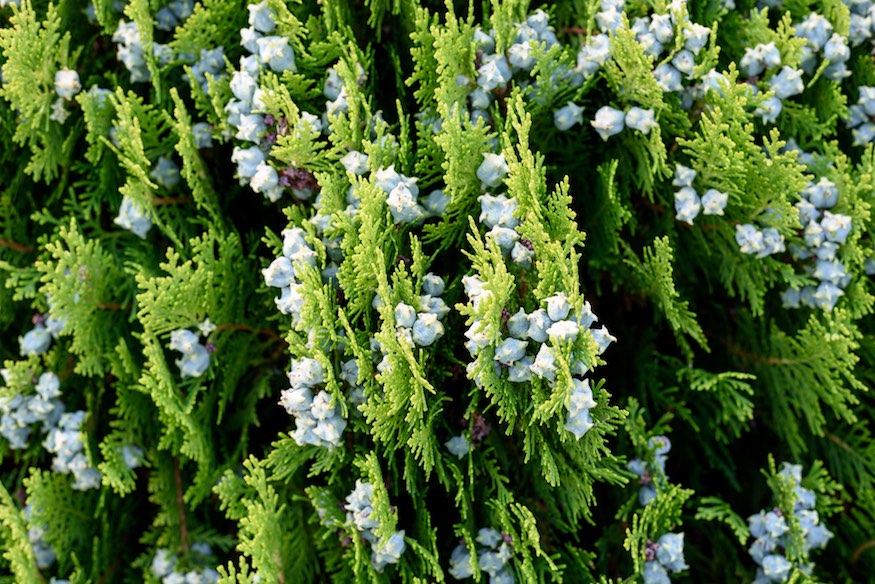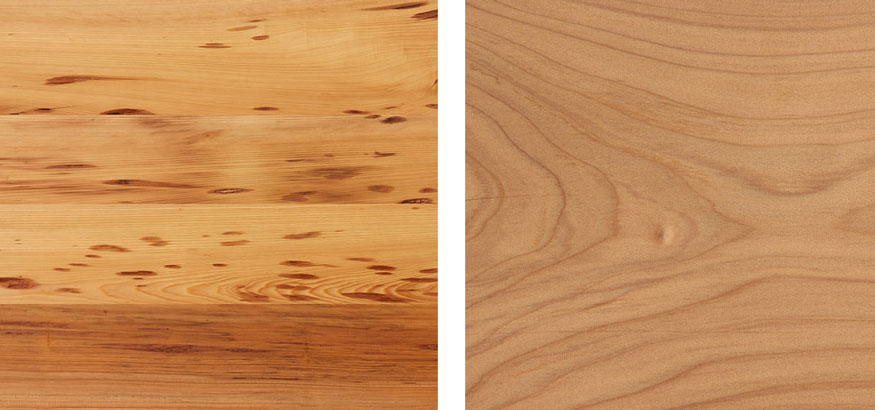What is Cypress?
Cypress is a softwood species that is native to the southeastern coast. Though it is a softwood, it grows among and is often processed and sorted with hardwoods. It is the state tree of Lousiana and is an icon of southern swamplands.
Cypress has the ability to develop aerial roots, referred to as “knees”, that protrude above ground and help aerate the tree’s water logged roots. Unlike other deciduous tree species, cypress is actually a conifer and drops its needle-like leaves each winter.

Cypress trees commonly grow up to 120 feet tall and have trunk diameters of up to 5 feet. Its heartwood is a light yellow-brown to a darker reddish brown color while its sapwood is near white to pale yellow.
Sometimes, cypress lumber can have scattered “pockets” of darker color wood. This lumber is called “pecky cypress” and has been attacked by fungi, causing the darker color pockets. Cypress has straight grain and a medium to coarse texture. Unfinished, the wood is greasy to the touch making it naturally resistant to decay.

Did you know? In the middle ages, cypress was the species of choice for craftsmen tasked with building cathedral doors.
Why Choose Cypress?
Cypress is a clear, knot-free softwood that is priced moderately when looking at domestic softwoods. It is listed as a species of least concern by the IUCN and with its durability and rot resistance makes a great alternative to teak for outdoor furniture.
It is a common choice for outdoor projects such as docks, boats, and patio furniture, but also makes for great interior furniture, millwork, veneers, and cabinetry.

Cypress in Woodworking
The machinability of cypress is generally fair. It is known to have a moderate dulling effect on cutting edges so is important to inspect the cutting edges during the machining process. Maintaining sharp cutters and making several light passes during the machining process will help to minimize the chance of tearout and gouges.
Machined wood can sometimes be fuzzy due to the tension wood often found in cypress. Tension wood is often formed on the upper side of a tree’s branches as a reaction to the weight of the branch. Cypress is resistant to splitting when nailing or screwing and also glues, paints, and finishes well. It is soft and easy to work by hand. Sanding cypress is fairly easy, but due to its greasy nature, it can gum up the sandpaper quite easily.
Like the look? Contact us to get started on a custom woodworking project of your own using Cypress.